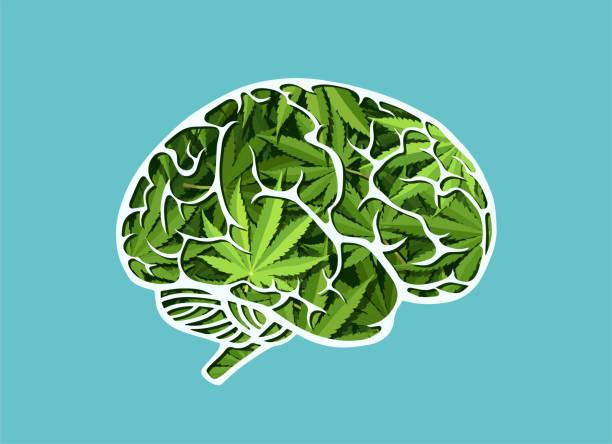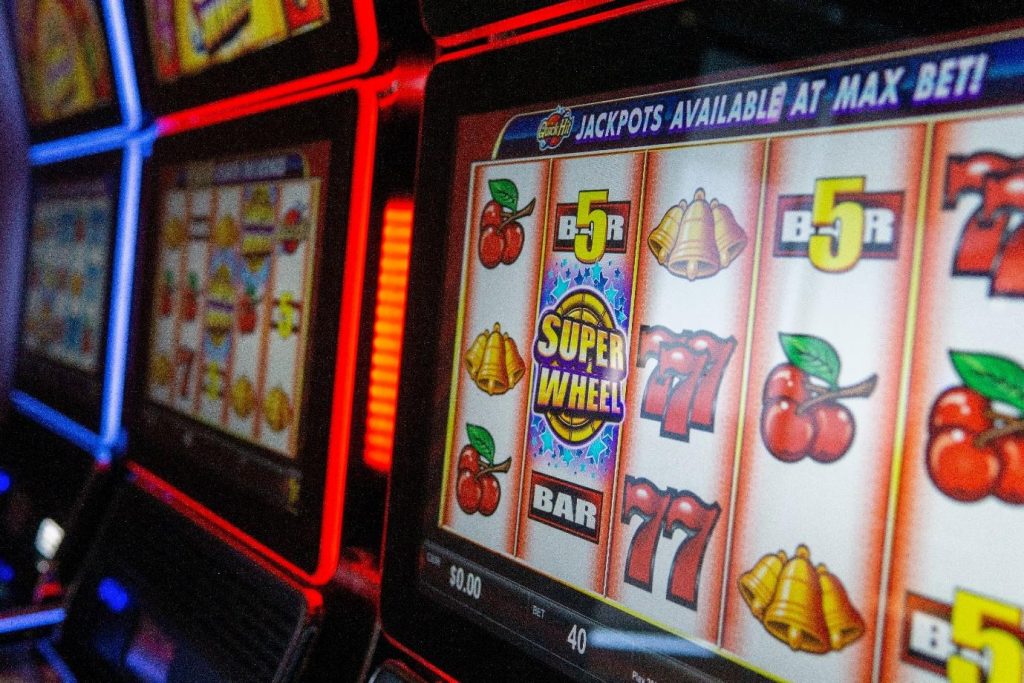If you’ve used marijuana regularly and decided to quit, you may notice that it’s not as easy as simply stopping. Weed withdrawal is real, and for some, it can be a frustrating process filled with discomfort. Whether you’ve used marijuana recreationally or for medical reasons, your body and mind may take time to adjust once you quit. Understanding the symptoms of weed withdrawal can help you better prepare and manage the process.
Many people assume that since marijuana is a natural substance, quitting won’t come with any challenges. However, the body becomes accustomed to the presence of THC (tetrahydrocannabinol), the active compound in weed. When you stop, your system reacts as it adjusts to life without it, leading to withdrawal symptoms. In this guide, we’ll explore what to expect when quitting weed, how to manage the symptoms, and some FAQs to help you through this transition.
What Causes Weed Withdrawal?
Weed withdrawal happens because the body becomes dependent on the regular presence of THC. Over time, frequent marijuana use alters your brain’s reward system, leading to tolerance. Once you quit, the brain needs time to re-balance itself, causing both physical and psychological withdrawal symptoms.
While marijuana withdrawal is not as severe as withdrawal from substances like alcohol or opioids, it’s still uncomfortable for many people. Withdrawal symptoms often depend on how long and how heavily you’ve been using marijuana.
Common Symptoms of Weed Withdrawal
If you’re thinking about quitting or have already started the process, here’s what you might experience during weed withdrawal:
1. Irritability and Mood Swings
Many people report feeling more irritable after they stop using marijuana. This moodiness can range from mild frustration to intense anger, making daily interactions more difficult.
2. Sleep Issues
One of the most common symptoms of weed withdrawal is insomnia or trouble staying asleep. Marijuana often helps users relax and drift off to sleep, so when it’s no longer in your system, it may be harder to fall asleep or stay asleep through the night.
3. Decreased Appetite
Marijuana stimulates appetite, so without it, you might notice you’re not as hungry as usual. This can result in weight loss or simply a lack of interest in food during the early stages of withdrawal.
4. Anxiety
Many people use marijuana to cope with anxiety, so when they quit, they might find their anxiety returns or even worsens temporarily. You might feel jittery, nervous, or more on edge than usual.
5. Depression
It’s not uncommon for people to experience feelings of depression during weed withdrawal. If you’ve been using marijuana to elevate your mood or escape negative feelings, quitting can cause a temporary dip in your mental health.
6. Headaches
Physical symptoms are also part of the withdrawal process. Headaches are common, especially in the first few days after quitting marijuana. These can range from mild tension headaches to more persistent, nagging pain.
7. Cravings for Marijuana
Cravings are natural when quitting any habit-forming substance, and marijuana is no different. You may feel the urge to smoke again, especially in situations or environments where you used to consume weed.
8. Restlessness
Without the calming effect of marijuana, some people find they’re more restless than usual. You might have trouble sitting still, concentrating, or relaxing during the day.
9. Sweating and Chills
Although less common, some people experience sweating and chills during marijuana withdrawal, especially during the first few days. These physical symptoms are typically mild but can add to your discomfort.
How Long Do Weed Withdrawal Symptoms Last?
So, how long will you have to deal with these symptoms? Fortunately, weed withdrawal is relatively short-lived compared to other substances.
Most symptoms begin within the first 24 to 72 hours after quitting and peak around day three or four. For the majority of people, symptoms begin to subside after two weeks, though some may experience lingering effects for a month or more, especially if they were heavy users.
Here’s a rough breakdown of what to expect:
Days 1-3: Irritability, headaches, and insomnia typically begin within the first few days. Cravings for marijuana can also start at this stage.
Days 4-7: Symptoms usually peak in the first week, with anxiety, mood swings, and sleep disturbances being the most prominent.
Weeks 2-3: By the second week, many people notice a gradual improvement in their mood, anxiety levels, and sleep patterns. Cravings tend to decrease but may still occur sporadically.
One Month+: By the end of the first month, most physical withdrawal symptoms have subsided. However, psychological symptoms, like cravings or anxiety, can occasionally linger for longer.
Managing the Symptoms of Weed Withdrawal
If you’re experiencing any of these symptoms, there are ways to manage them and make the withdrawal process easier. Here are a few tips:
1. Stay Hydrated
Headaches, restlessness, and other physical symptoms can be aggravated by dehydration. Drink plenty of water to help your body flush out toxins and stay balanced.
2. Establish a Sleep Routine
Sleep issues are common, but practicing good sleep hygiene can help. Try to go to bed at the same time each night, avoid screens an hour before bed, and create a calming bedtime routine to signal to your body that it’s time to sleep.
3. Exercise Regularly
Physical activity releases endorphins, which can help elevate your mood and combat feelings of depression or anxiety. Even a simple walk or light stretching can make a big difference.
4. Eat Nutritious Foods
While your appetite may decrease, it’s important to eat balanced meals. Focus on nutrient-rich foods that fuel your body and help restore your natural energy levels.
5. Practice Mindfulness or Meditation
Anxiety and restlessness can be managed through mindfulness or meditation practices. Deep breathing, progressive muscle relaxation, or short meditation sessions can reduce stress and help you stay grounded.
6. Seek Support
Don’t go through weed withdrawal alone. Reach out to friends, family, or support groups for encouragement. Sharing your experience can help alleviate the emotional toll of withdrawal.
FAQs About Symptoms of Weed Withdrawal
1. Is weed withdrawal dangerous?
Weed withdrawal isn’t considered dangerous or life-threatening, but it can be uncomfortable. In rare cases, people may experience intense psychological symptoms like severe anxiety or depression, which could require professional support.
2. How long does weed withdrawal last?
Most symptoms begin within the first few days after quitting and subside after two weeks. However, some people may experience lingering symptoms, such as cravings or mood swings, for a month or more.
3. Can I manage weed withdrawal at home?
Yes, most people can manage weed withdrawal at home. However, if you’re struggling with severe symptoms like intense anxiety, depression, or insomnia, it might be helpful to seek guidance from a healthcare provider or counselor.
4. Will everyone experience withdrawal symptoms?
Not everyone will experience withdrawal symptoms to the same degree. Heavy and long-term users are more likely to experience more intense symptoms, while occasional users may have a milder experience.
5. Can I reduce withdrawal symptoms by tapering off marijuana?
Yes, some people find that gradually reducing their marijuana use instead of quitting cold turkey can lessen the intensity of withdrawal symptoms. However, this approach requires discipline and planning.
Conclusion
Experiencing the symptoms of weed withdrawal can be challenging, but it’s important to remember that these symptoms are temporary. With time, patience, and the right coping strategies, you’ll find that both your body and mind adjust to life without marijuana. Stay hydrated, establish routines, lean on your support system, and remember that the discomfort will pass. If you find the process overwhelming, don’t hesitate to seek professional help—your well-being is the top priority.



